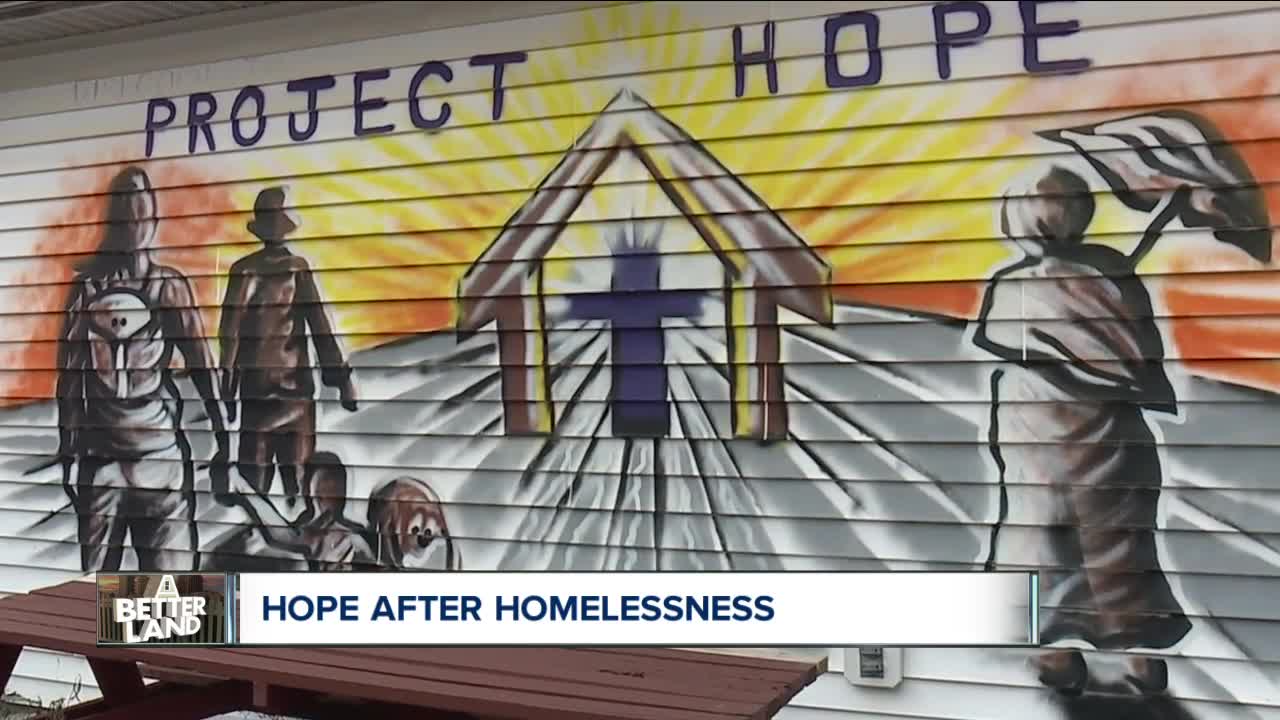
NGOCSTIP – Project Hope for the Homeless aims to protect vulnerable populations from the dangers of human trafficking. It focuses primarily on individuals who are homeless or displaced, including refugees. These groups face a high risk of exploitation, and Project Hope seeks to reduce this threat. The initiative addresses the root causes of homelessness while offering immediate protection. With tailored services and awareness campaigns, it strives to support individuals who may otherwise be overlooked. Through collaboration, education, and advocacy, the project plays a crucial role in combating trafficking.
Homeless individuals are highly susceptible to trafficking. Without a stable home, they often lack access to basic necessities. This makes them prime targets for traffickers. Vulnerable individuals are often lured by false promises of food, shelter, or employment. Traffickers exploit their desperation, preying on their need for survival. Project Hope works to provide safety nets for these individuals. It offers temporary housing, medical care, and job assistance. These services help break the cycle of exploitation. By addressing their immediate needs, Project Hope empowers individuals to make informed decisions.
“Read about: Unveiling the Connection: How Migration Fuels Human Trafficking”
Project Hope works closely with local communities to tackle trafficking. Partnerships with law enforcement, non-profits, and shelters create a strong network of support. These collaborations allow for a more coordinated response to trafficking. Community members are educated on the signs of trafficking. This enables them to recognize potential victims. The project also raises awareness about the risks associated with homelessness. By informing the public, it creates a safer environment for everyone. Local shelters and organizations are critical partners in this effort. Together, they provide a comprehensive solution to trafficking.
One of the core goals of Project Hope is to provide long-term support. This support includes educational programs and legal assistance. Individuals who have been trafficked often need help with reintegration. Project Hope offers counseling and resources for rebuilding their lives. Job training and employment services help individuals regain financial independence. These services reduce the chances of re-victimization. Additionally, mental health support is provided to help individuals cope with trauma. This holistic approach helps individuals regain control over their lives. By addressing the psychological and social aspects of homelessness, Project Hope fosters resilience.
Education is a powerful tool in preventing trafficking. Project Hope, therefore, conducts outreach campaigns to raise awareness about the risks. It also educates homeless individuals on how to recognize trafficking schemes. In addition, training is provided to shelters and community centers. This ensures that staff members are equipped to assist trafficking victims. Furthermore, Project Hope’s outreach also targets schools, colleges, and the general public. By spreading awareness, it ultimately aims to prevent trafficking before it starts. Additionally, the project emphasizes that prevention is the key to reducing human trafficking. In the long run, education plays a significant role in curbing this issue.
“Read more: Exclusive Breastfeeding: A Key to Your Baby’s Health and Immunity”
Refugees face an even higher risk of trafficking due to their unstable living situations. Project Hope for the Homeless includes displaced individuals in its initiatives. Refugees often lack legal documentation and social connections, making them vulnerable. They may be promised assistance but end up being exploited. Project Hope offers legal support and advocacy for refugees. By helping them navigate legal systems, the project ensures they are not taken advantage of. Additionally, it provides housing and educational resources for refugees. This comprehensive support system reduces the likelihood of trafficking in this population.
Project Hope focuses on early intervention to prevent trafficking. It collaborates with at-risk populations to identify warning signs. By intervening early, the project reduces the likelihood of individuals becoming victims. Regular check-ins and outreach ensure that homeless individuals stay protected in vulnerable situations. The project incorporates prevention strategies into all aspects of its work. This proactive approach helps reduce the chances of trafficking by addressing issues before they escalate. Early intervention also minimizes long-term trauma for victims. The project aims to build a future where homelessness and trafficking remain unconnected.
Project Hope for the Homeless plays a critical role in combating trafficking. By focusing on prevention, early intervention, and support, it offers a path to safety for vulnerable individuals. Through collaboration with local communities and organizations, the project creates a network of care. It provides homeless and displaced individuals with the resources they need to rebuild their lives. Project Hope’s comprehensive approach is essential in protecting these populations from exploitation. Through awareness, education, and support, Project Hope offers hope to those who need it most.